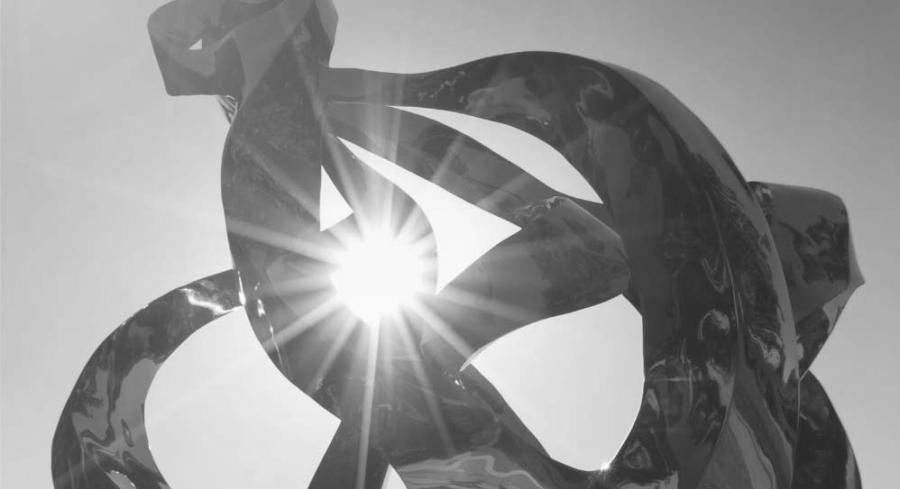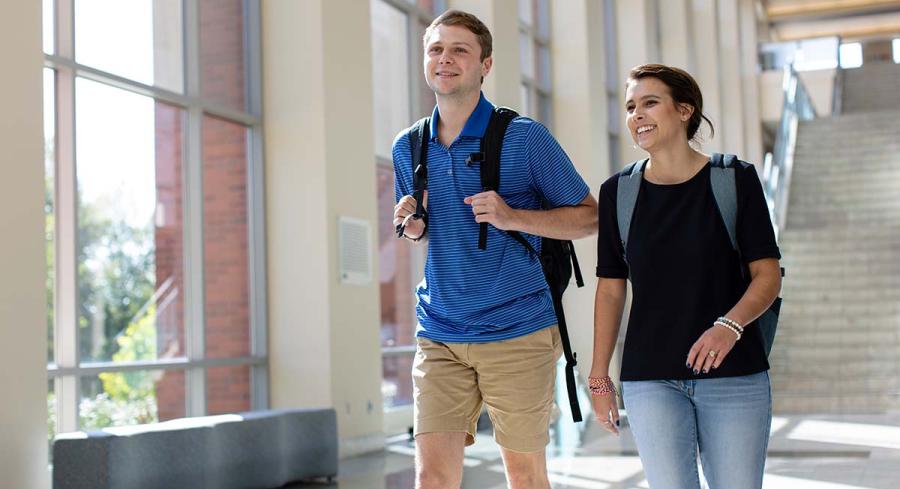Cassandra Hays, PhD
Assistant Professor

Contact
School of Medicine
Medical Education
Medical Sciences (Master of Science)
HLSB - Hixson Lied Science Building
Cassandra Hays, PhD
Assistant Professor
Research Focus
Integrating physiology and other basic sciences into the medical curricula.Department
Medical Education
Position
Assistant Professor
Articles
- Experimental Eye Research
Cassandra Hays, Christopher Mesnard, Barta CL, Sladek AL, Grassmeyer JJ, Hinz KK, Quadros RM, Gurumurthy CB, Thoreson WB. Synaptotagmins are the primary Ca2+ sensors for synaptic exocytosis. Previous work suggested synaptotagmin-1 (Syt1) mediates evoked vesicle release from cone photoreceptor cells in the vertebrate retina whereas release from rods may involve another sensor in addition to Syt1. We found immunohistochemical evidence for syntaptotagmin-7 (Syt7) in mouse rod terminals and so performed electroretinograms (ERG) and single-cell recordings using mice in which Syt1 and/or Syt7 were conditionally removed from rods and/or cones. Synaptic release was measured in mouse rods by recording presynaptic anion currents activated during glutamate re-uptake and from exocytotic membrane capacitance changes. Deleting Syt1 from rods reduced glutamate release evoked by short depolarizing steps but not long steps whereas deleting Syt7 from rods reduced release evoked by long but not short steps. Deleting both sensors completely abolished depolarization-evoked release from rods. Effects of various intracellular Ca2+ buffers showed that Syt1-mediated release from rods involves vesicles close to ribbon-associated Ca2+ channels whereas Syt7-mediated release evoked by longer steps involves more distant release sites. Spontaneous release from rods was unaffected by eliminating Syt7. While whole animal knockout of Syt7 slightly reduced ERG b-waves and oscillatory potentials, selective elimination of Syt7 from rods had no effect on ERGs. Furthermore, eliminating Syt1 from rods and cones abolished ERG b-waves and additional elimination of Syt7 had no further effect. These results show that while Syt7 contributes to slow non-ribbon release from rods, Syt1 is the principal sensor shaping rod and cone inputs to bipolar cells in response to light flashes., p. 225 2022 - Advances in Physiology Education
Cassandra L Hays, Crawford AJ, Hays CL, Schlichte SL, Greer SE, Mallard HJ, Singh RM, Clarke MA, Schiller AM.
45, p. 427-436 2021 - Elife
Cassandra L Hays, Hays CL, Sladek AL, Field GD, Thoreson WB. Properties of multivesicular release from mouse rod photoreceptors support transmission of single-photon responses.
10 2021
Presentations
- Invited presentation of anesthetic gas data at leadership retreat for integration of sustainability into strategic planning. 2024
- IARS and AUA combined meetings 2023
- Combined AUA and IARS meeting 2023
- Cranefield Award Symposium, Society of General Physiologists 2021
- Cassandra Hays, Asia Cahill, Wallace B. Thoreson Rod Photoreceptor Signaling at the Dark Potential (20/20 Vision in Research and Education Lecture Series, Regional Meeting) 2021
- Outer Plexiform Layer Research Symposium 2021









